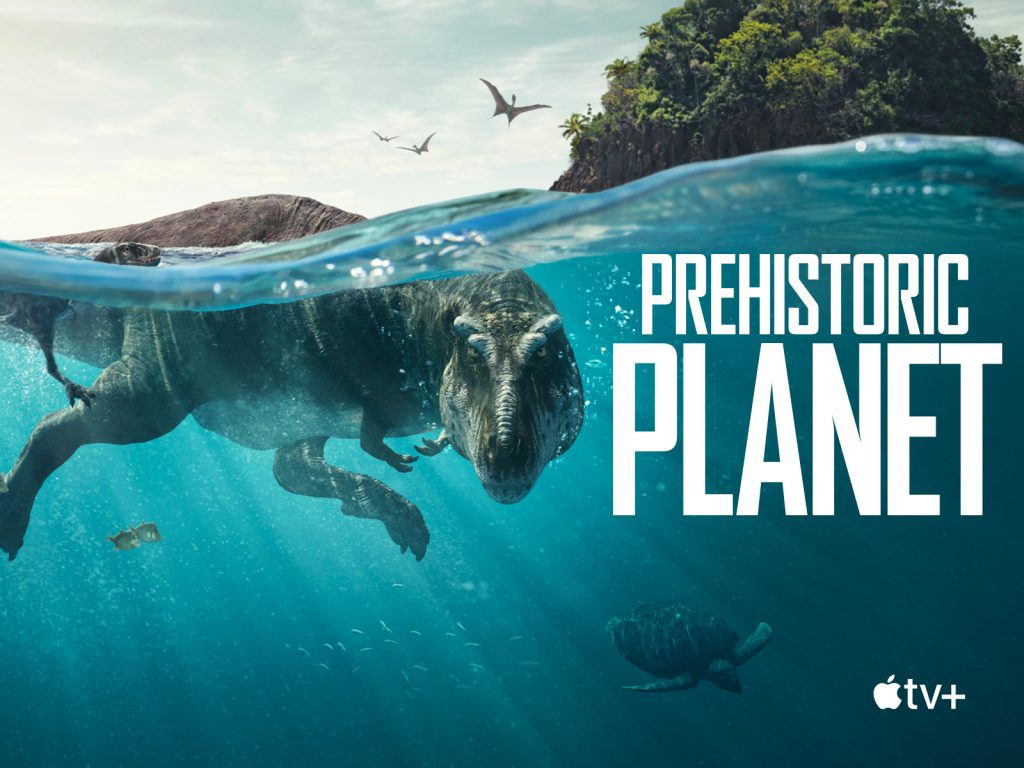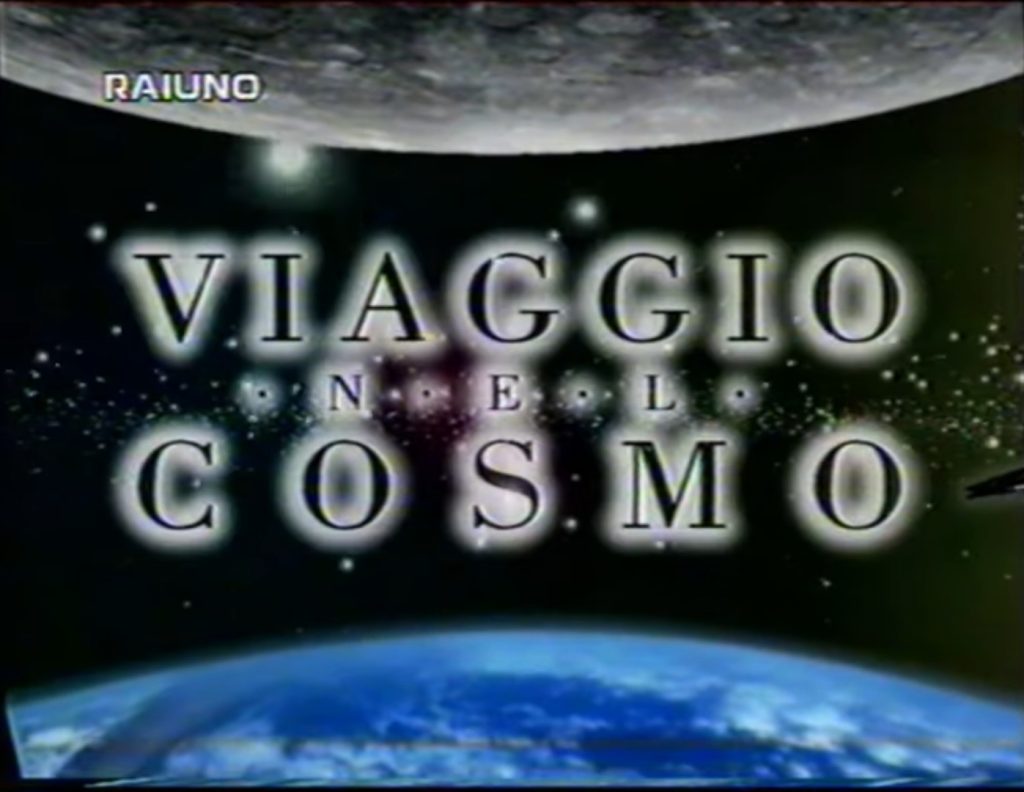Country: United Kingdom
Language: English
Genre: Documentary
Format: series (2 seasons, 10 episodes)
Director: Adam Valdez, Andrew R. Jones
Showrunner: Jon Favreau
Developer: Sviluppatore...
Production Company: Apple
Network: Apple TV+
Running Time: 40' (1st season), 30' (2nd season)
Prehistoric Planet stands as a monumental achievement in scientific animation, primarily due to its unwavering commitment to integrating the latest paleontological research. This Apple TV+ series, produced by the BBC Studios Natural History Unit, transcends typical dinosaur documentaries by presenting these ancient creatures with a level of scientific accuracy previously unseen. Feathered dinosaurs, nuanced behavioral portrayals, and meticulously reconstructed environments all reflect current scientific understanding.
The production team collaborated closely with paleontologists (including Steve Brusatte, author of the science outrech book The Rise and Fall of the Dinosaurs), ensuring that the animated models adhered to the most up-to-date fossil findings.
The show exploits the contemporary, mainstream taste in photoreapistic animated CGI, with special reference to the aesthetics instated by the live-action remakes of Disney animated features, like The Jungle Book (2016) and The Lion King (2019). The presence of Jon Favreau (director of both those blockbusters) as a showrunner is telling, in this respect. At the same time, the episodes reposition such spectacular approach within the established visual language of natural history documentaries; such register gets strongly activated by the presence of the narrating voice of Sir David Attenborough.
In all, Prehistoric Planet creates an immersive and educational experience, setting a new benchmark for how scientific data can be translated into compelling visual storytelling.
However, even with its dedication to accuracy, Prehistoric Planet inevitably takes certain artistic licenses. These choices are often necessary to bridge gaps in our knowledge or to enhance the narrative impact. For example, the vibrant blue arms of the Carnotaurus, and their use in a complex mating display, are a creative interpretation. While the presence of small arms is known from fossils, their exact coloration and function are speculative. The series used the visual spectacle of modern bird mating rituals as a plausible analog. Similarly, the inflated neck sacs attributed to the massive sauropod Dreadnoughtus are a dramatic embellishment. While sauropods likely had some form of display, the existence of these sacs, and their specific design and function, are unknown. The series used them to create a visually striking and memorable portrayal of the animal. Furthermore, the portrayal of the elasmosaurid Tuarangisaurus hunting in deep water, while plausible, relies on inferences about their physiology and behavior, as direct fossil evidence for such activity is limited. These choices, while grounded in scientific plausibility, are structured to maximize emotional resonance and create an engaging narrative.
Prehistoric Planet, remarkably, offers a few insights into this combination of known scientific facts and creative interpretation in several accompanying video featurettes, available on Apple TV+ together with the main series.



